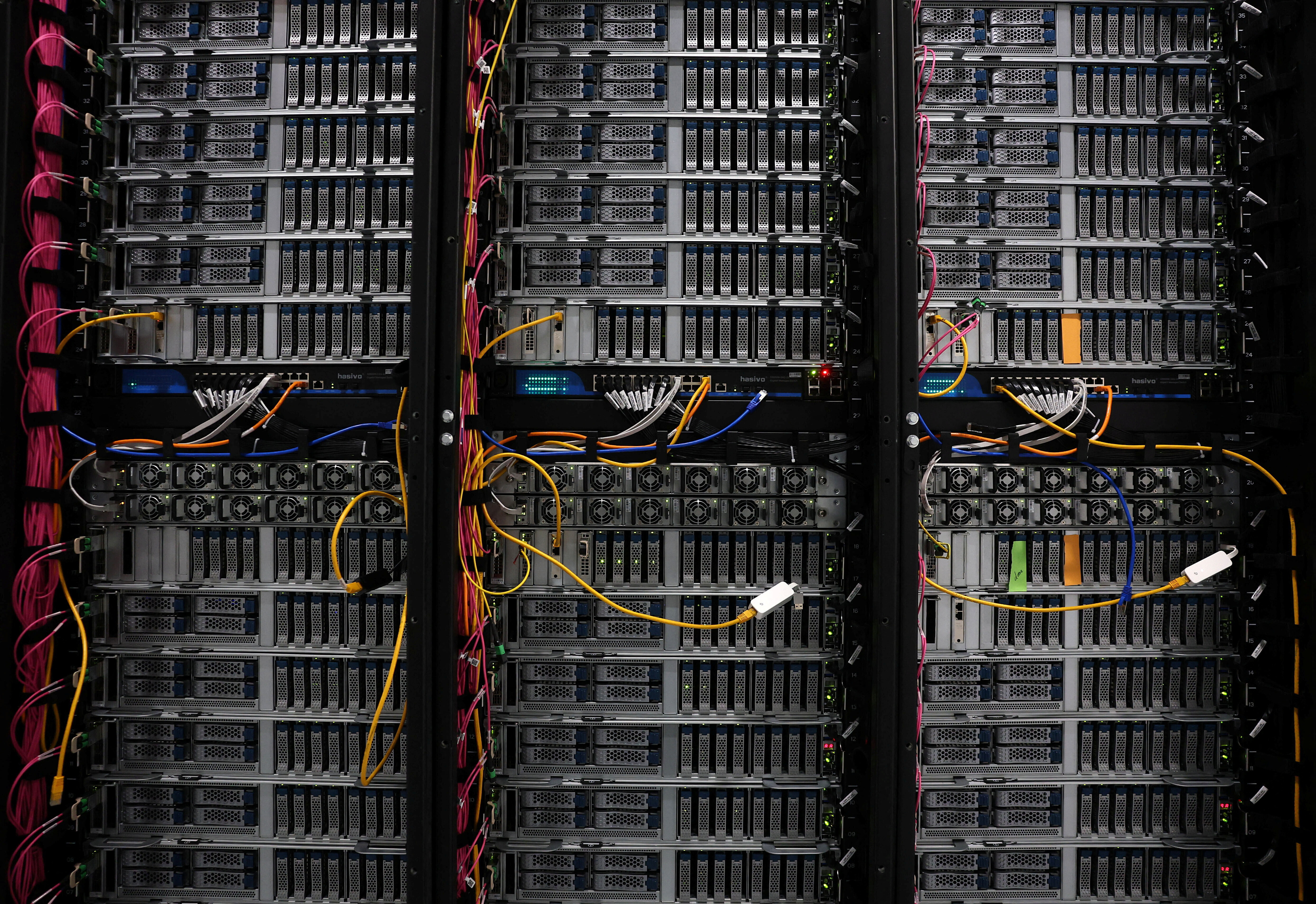This AI can track shrinking icebergs in seconds
Normally, scientists map icebergs by hand, picking out the edges on satellite images. But this AI tracks icebergs much faster by using several images and can even chart how an iceberg has shrunk or even broken apart.
To understand how climate change affects the size and shape of icebergs, scientists traditionally mapped them by hand, picking out the edges on satellite images. However, this method is both difficult and time-consuming.
Now, a new AI can track icebergs from space much faster. By using multiple images, it can chart how an iceberg has shrunk or even broken apart, leading to a better understanding of climate change and making shipping safer.
AI can track icebergs in challenging conditions
The AI algorithm was trained in a study led by Dr. Anne Braakmann-Folgmann for the Centre for Polar Observation and Monitoring at the University of Leeds.
The AI was trained on images from the European Space Agency and can detect icebergs even in challenging weather conditions. One day, it could produce regular updates, tracking iceberg size in real-time and measuring the rate of meltwater "flux" into the ocean, which impacts marine ecosystems.
AI for a sustainable future
Technologies like this AI help industries around the world predict the impacts of climate change. The World Economic Forum's Valuing Earth Observation Data Initiative is working to unlock the full potential of Earth observation data in shaping a more sustainable and resilient future for our planet.
La Agenda Semanal
Una actualización semanal de los temas más importantes de la agenda global






